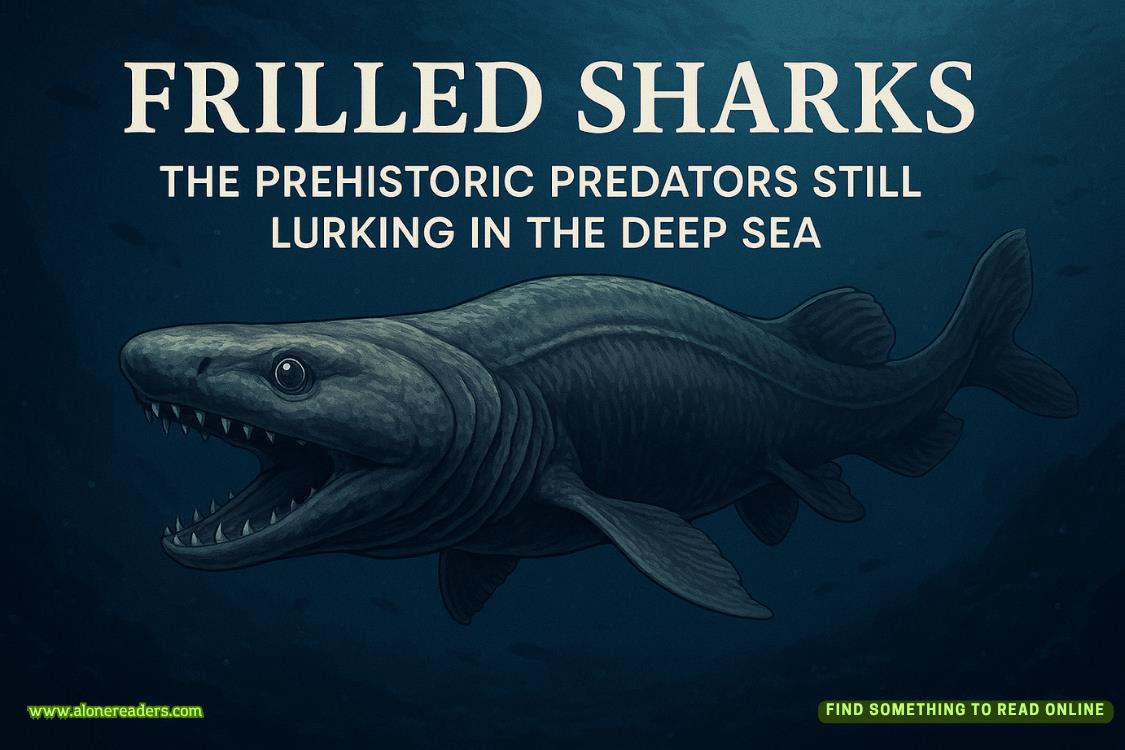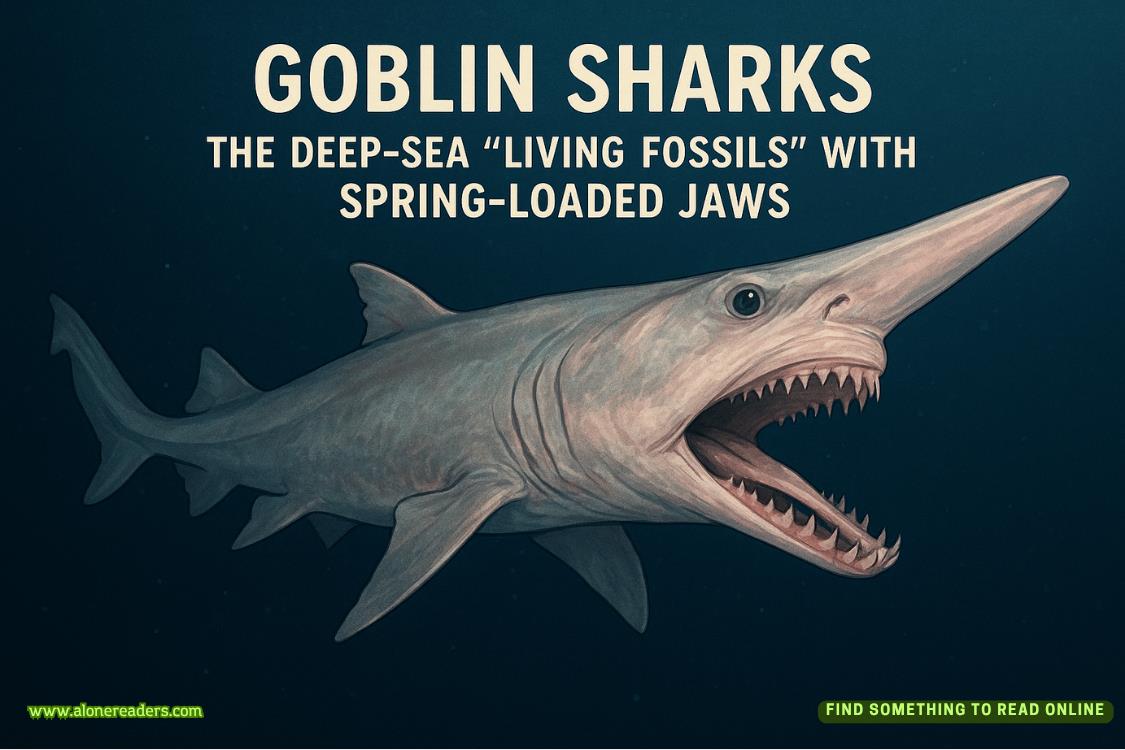Page 38 of Pumpkin Patch Peril
“Tomorrow we talk to Jenkins,” Helen declared. “Time to find out if our last suspect is innocent, guilty, or just another red herring.”
“And hope that somewhere in all this, we actually find Brenda’s pumpkin,” Ida added practically.
“Before the competition,” Ruth reminded them. “Because if we don’t solve this by Saturday, Brenda’s chances of winning are finished regardless of who took it.”
CHAPTER SEVENTEEN
The next morning, Mona was standing in her apartment, staring at their whiteboard with its crossed-out suspects and dwindling leads, when her phone rang.
“Ruth?” she answered.
“Emergency!” Ruth’s voice was tight with panic. “Get down to the lobby. Now!”
“What’s wrong? Is someone hurt?”
“Worse. It’s Ida. She’s... just get down here!”
Mona hurried to the elevator, her mind racing through possibilities. Had Ida fallen? Had another resident complained about her “borrowing” things? Had she finally gotten caught sneaking pastries out of the dining room?
The elevator doors opened to reveal what could only be described as an academic conference gone rogue.
Ida had commandeered three coffee tables in the lobby, spreading them with hand-drawn charts, probability matrices, and what appeared to be a detailed statistical analysis of bingo calling patterns dating back six months. She stood at the center like a professor delivering a crucial lecture, using a wooden coffee stirrer as a pointer.
“As you can see,” Ida was saying to her rapt audience of twelve senior citizens, “Mrs. Henderson’s calling pattern shows a 23% bias toward numbers ending in seven during evening sessions.”
“But what about the B column frequency?” Harold called out from the back, frantically scribbling notes on a napkin.
“Excellent question, Harold! If you’ll direct your attention to Chart C...” Ida flipped to another diagram with the confidence of someone presenting to the Nobel Committee.
Ruth appeared at Mona’s elbow, looking frazzled. “She started with one person asking about her bingo success. Now she’s got a cult following.”
“This is why we can’t leave her unsupervised,” Mona muttered, watching as Beatrice Oswald raised her hand like an eager student.
“Ida, dear,” Beatrice called out, “what about when they use the automatic ball machine versus hand-drawing?”
“Ah!” Ida’s eyes lit up. “That’s where my correlation analysis really shines...”
Helen appeared on Mona’s other side, looking equally mortified. “She’s been at this for twenty minutes. The activities director is hiding in her office.”
“Someone needs to shut this down before she starts charging tuition,” Ruth said grimly.
That’s when things got heated.
“I disagree with your seven-bias theory!” declared Marvin Fletcher, waving his dentures case for emphasis. “I’ve been tracking my own patterns, and the statistical significance is clearly in the forty-to-fifty range during afternoon games!”
The lobby erupted in statistical warfare as Team Ida squared off against Team Marvin, with various residents choosing sides and brandishing their own hastily scribbled data sheets.
“This is a disaster,” Mona said, watching Ida beam with pride as her academic revolution consumed the retirement center’s morning coffee hour.
Just then, Marvin Fletcher waved his coffee cup in the air. “You know, Ida, all these patterns and mathematical relationships—it reminds me of what we see in nature!”
“Exactly right, Marvin!” Ida said, clearly delighted to expand her lecture. “Mathematics is everywhere—weather patterns, flower arrangements, even insect behavior follows predictable statistical models.”
“Oh yes!” piped up Merry Bellweather from her seat near the window. “Laura Jenkins explained that very thing to me just last week. She said bees are incredibly mathematical creatures—they calculate the most efficient flight paths, their honeycomb is built on perfect hexagonal geometry, and they even do little waggle dances that communicate precise mathematical directions to food sources!”
The bingo statisticians murmured with impressed appreciation.
“She knows so much about these things,” Merry continued enthusiastically. “The whole ecosystem is really just one big mathematical equation when you think about it. Pollination rates, population dynamics, seasonal variations—it’s all connected through numbers and patterns.”















